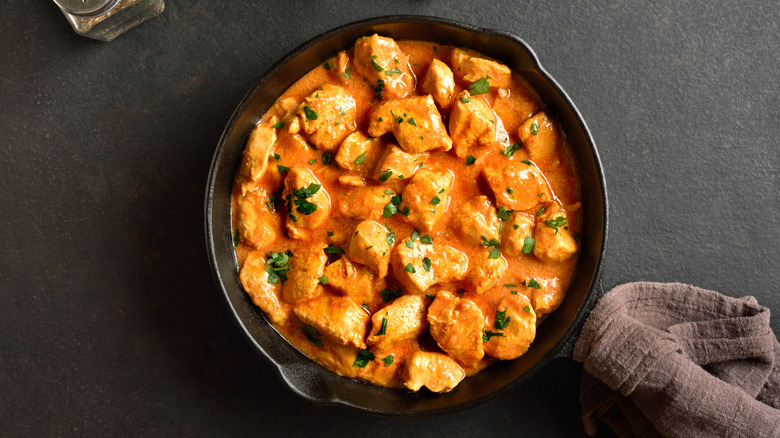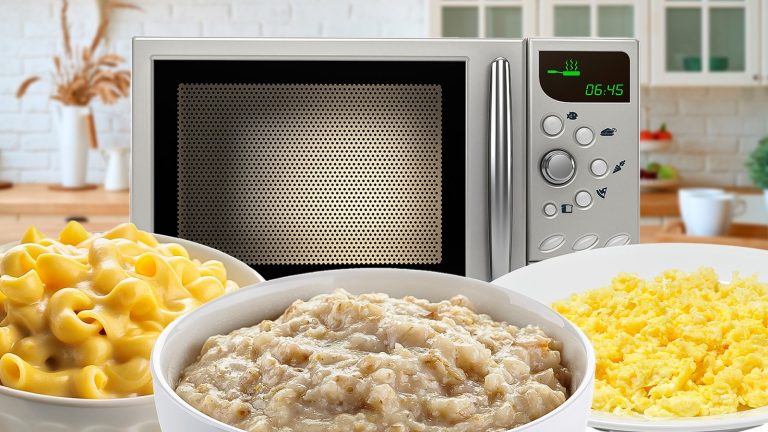Cast iron skillets are beloved for their durability and cooking powers. One added benefit of cooking with this tool is that you can actually absorb extra iron from the pan. There are a lot of different myths about cast iron skillets that need to be debunked, but this isn’t one of them. Here’s how it works.
When you cook with this skillet, the food will absorb small amounts of non-heme iron (the kind of iron found in leafy greens and other plants). This applies to anything from baked bread to caramelized onions, and even works in a well-seasoned pan. While different iron skillets will lend different amounts of iron, one 2013 study showed that the iron content in some foods increased by 16.2% compared to those cooked in non-stick pans.
The foods that will take up the most iron from the pan are moist foods, or those with a high content of water or oil. Acidic foods will also do a better job of absorbing iron, as will those that have extended contact with the pan. So, if you’re stewing a quick tomato sauce or whipping up a citrus-heavy dish, you’re in luck. Still, anything you cook in this pan will absorb small traces of iron, so anything goes. (Variety is best anyway with a cast-iron to help it stay seasoned and healthy.)
This benefit shouldn’t affect flavor
The iron you absorb from a cast-iron skillet won’t affect your food’s flavor. Cast iron skillets do take on the flavors of whatever dishes you cook inside, but you shouldn’t be detecting any metal taste. If you do, it’s a sign your pan isn’t being seasoned enough or you’re leaving food in the pan for too long.
This unique benefit is an especially useful perk for those who suffer from iron deficiency. (Which some studies say affects up to 40% of the population). It’s not enough iron to replace an iron-rich diet, but a little supplementary push is good for anyone wanting to maintain healthy iron levels. (Still, if you’re someone with an excess of iron in your body, ask your doctor about cooking with this tool.) Before you pivot your dinner plans and start cooking in a cast iron daily, know you only need to cook in a cast iron once or twice a week to reap the benefits.
This is just one of the many benefits of cooking with a cast-iron skillet vs. non-stick skillet. Others include exceptional durability, natural non-stick properties, affordability, and more. So, if you don’t have one of these in your kitchen yet, what are you waiting for?






